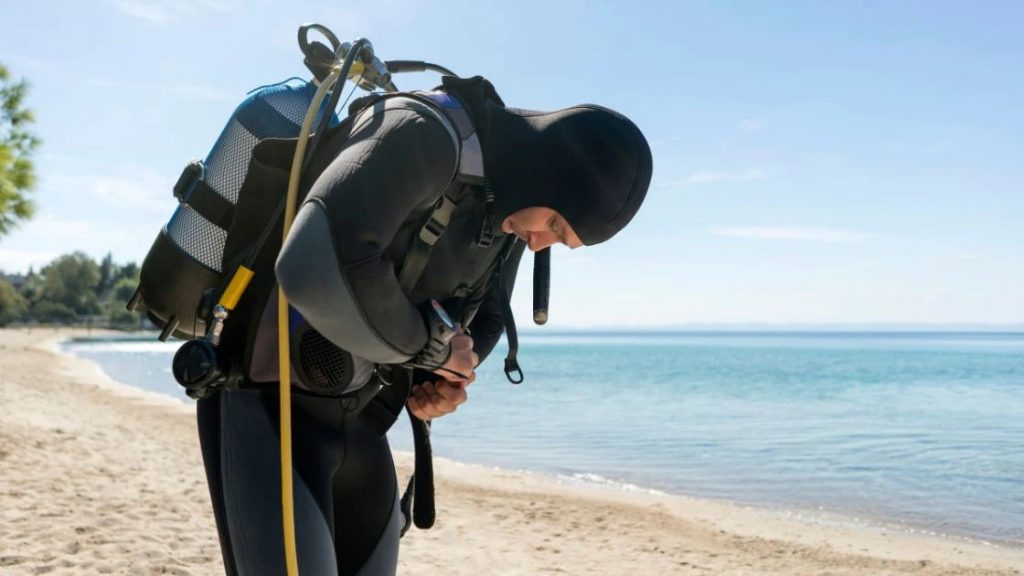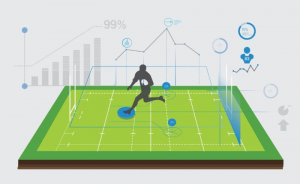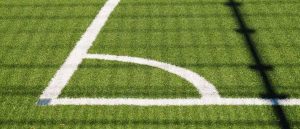Navigating the Depths: Factors to Consider When Buying a Buoyancy Control Device

A buoyancy control device (BCD) is a vital piece of scuba diving equipment that allows divers to achieve neutral buoyancy underwater. As divers, we rely on our BCDs to maintain control, stability, and comfort during our underwater adventures. With a wide range of BCD options in the market, selecting the right one can be daunting. This article will explore the key factors to consider when purchasing a buoyancy control device. By understanding these factors, divers can make informed decisions and buy BCDs that suit their diving needs.
Buoyancy Control Device Types:
Different buoyancy control devices, such as jacket-style BCDs, back-inflate BCDs, and wing-style BCDs, are available. This section discusses the features and characteristics of each type, highlighting the advantages and limitations.
Buoyancy Control Device Fit and Sizing:
Proper fit and sizing are essential for comfort and functionality while diving. This section covers the importance of finding the right size BCD and considering factors like body shape, weight distribution, and adjustable features.
Lift Capacity:
The lift capacity of a BCD determines its buoyancy and ability to support the diver’s weight. This section explains calculating the necessary lift capacity based on body weight, exposure suit thickness, and additional gear.
Weight Integration System:
Many BCDs offer weight integration systems to streamline the diving experience. This section discusses the advantages of weight integration, including improved comfort, better trim, and easier weight management.
D-Rings and Attachment Points:
Divers often require attachment points for accessories such as gauges, lights, and cameras. This section explores the importance of sufficient D-rings and attachment points on a BCD, allowing for convenient and secure gear attachment.
Integrated Weight System:
Some BCDs feature an integrated weight system that eliminates the need for a weight belt. This section explores the benefits and considerations of integrated weight systems, including weight capacity, ease of use, and emergency release mechanisms.
Buoyancy Control Device Inflation System:
The inflation system of a BCD allows divers to control their buoyancy underwater. This section discusses the various options available, such as power and alternate inflators, and the importance of reliable and user-friendly inflation systems.
Comfort and Adjustability:
Comfort and adjustability are crucial for an enjoyable diving experience. This section explores features like padded harnesses, adjustable straps, and ergonomic design, highlighting their role in enhancing comfort and customization.
Price Range and Budget Considerations:
BCDs come in various price points, and divers must consider their budget while purchasing. This section provides insights into different price ranges and discusses the trade-offs between affordability and advanced features.
User Reviews and Recommendations:
User reviews and recommendations can provide valuable insights into the performance and reliability of a BCD. This section emphasizes the importance of researching and considering feedback from other divers.
Maintenance and Serviceability:
Proper maintenance and regular servicing are essential for the longevity and performance of a BCD. This section discusses the importance of following manufacturer guidelines and considering ease of maintenance when selecting a BCD.
Conclusion:
Choosing the right buoyancy control device is a significant decision for any diver. By considering factors such as BCD type, fit and sizing, lift capacity, weight integration, material and durability, attachment points, inflation system, comfort and adjustability, budget considerations, user reviews, and maintenance, divers can make an informed purchase that enhances their diving experience. A well-selected BCD ensures comfort, stability, and control underwater, allowing divers to focus on the wonders of the underwater world.







